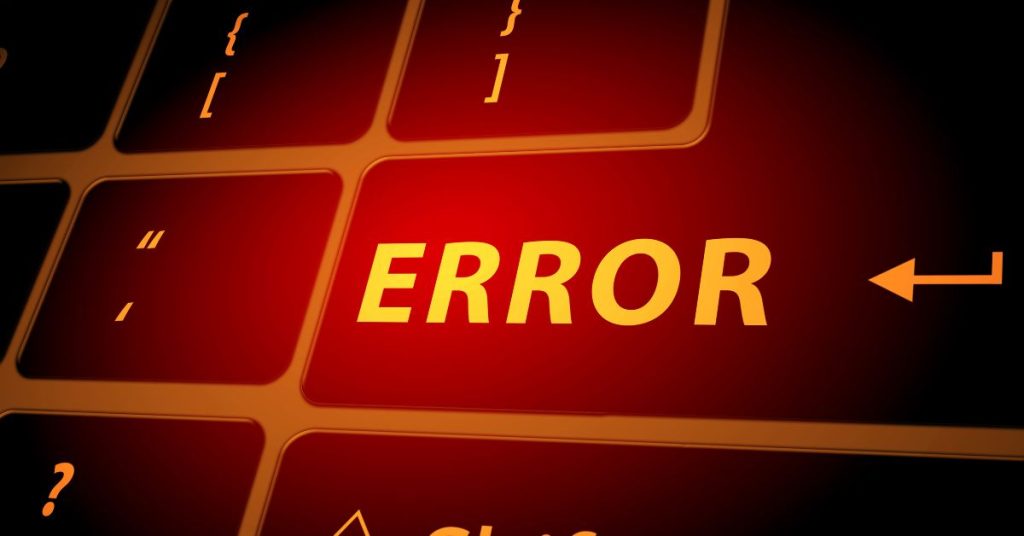Error on Tax Return: Modify Your Self-Assessment Tax Return
If you discover that you have made a mistake on your tax return,
Overpayment relief is available after filing the original return, if there is an honest error on it. This includes situations where you file the return too early, or miss out some information. You can apply for overpayment relief even if you haven’t paid the full amount due.
An extension of time to amend your return can be obtained if you file your return late. In such cases, you can still request for an extension of time to file your amended return. However, if you do not correct errors on your return within the specified period, you lose any opportunity for overpayment relief.
Correcting your tax return is simple if you know what went wrong. Here are some tips on how to do it:
1. Check whether you have filed your return correctly
2. Make sure that you have included all necessary documents
3. Double check your calculations
4. Check for typos

Penalties for blunders and faults on returns
If you make a mistake on a tax return it’s important to correct it quickly because there are consequences. A mistake might mean paying too much tax, being charged interest, having late payment charges applied or even losing out on some benefits. In addition, if you deliberately try to hide information about yourself or your business, you could end up facing a fine.
There are three types of penalty:
• Penalty for understating income – This applies where you haven’t taken into account certain expenses or losses. For example, if you don’t take into account depreciation on your car, you won’t be able to claim the full amount of the loss against your taxable income. You’ll have to add the difference to your taxable income.
• Penalty for overstating deductions – This happens if you include things like costs incurred by companies or individuals that aren’t eligible for deduction. For example, if a friend asks you to look after his pet while he’s away, you can deduct the cost of feeding and caring for the animal. But if you charge him rent for doing this, you won’ t be allowed to claim the money as a deduction.
• Penalty for concealing information – This occurs when you intentionally omit something from your return. For example, if someone asks you to sign a document saying that you’re not involved in a particular activity, you shouldn’t do so. If you fail to tell HMRC about the transaction, you could be penalised.
How HMRC processes tax returns
HM Revenue & Customs (HMRC) uses an automated process to check whether taxpayers are eligible for refunds and how much they owe. However, it does not identify all errors, and some individuals still require manual checks. Taxpayers must ensure that they have checked every box on their return correctly. If you do not receive a tax bill or a refund within four weeks of filing your return, contact HMRC. You should include copies of your receipts, invoices and statements.
Tax calculation mistakes and disagreements
HM Revenue & Customs (HMRC) are responsible for ensuring people pay the correct amount of income tax. But sometimes, HMRC make mistakes when calculating someone’s tax bill. This can happen because of human error, or because HMRC doesn’t have enough information to work out what someone owes.
If you think HMRC has made a mistake calculating your income tax, you can ask them to review their calculations.
There is no formal process to challenge HMRC’s calculations, but you should still speak to HMRC about the issue. They might be able to fix the problem themselves, or they may refer you to another department. If you do decide to take action against HMRC, you will need to provide evidence to support your claim.
You should report any discrepancies you find to HMRC immediately. If you notice something wrong on your tax return, you should send it off as soon as possible. HMRC will usually accept returns up to three months after the end date of the financial year.
If you want to avoid paying fines, you must submit your tax return within six months of the end of the financial year. If you fail to meet this deadline, you risk being hit with late payment charges.
If you don’t understand how to calculate your taxes yourself, you can always get help from our team of experts. Our free online tax calculator will show you exactly how much you owe, and we’ll even explain why.
Frequently Asked Questions
How does HMRC determine the amount of a tax error penalty?
HMRC looks at whether someone has already paid enough tax to cover what they owe.
If you’ve paid less than you owe, there won’t be a penalty added.
So, let’s say you owe £1000 in taxes but you’ve already paid £500. You’ll end up with a total bill of £1500.
You might think that you’re done paying taxes now – but no, HMRC still needs to add a penalty.
The amount of the penalty depends on how much money you haven’t paid.
In our example above, you’d be charged £300 because you still owe £1000.
What should you do if you disagree with HMRC’s penalty?
HMRC says that mistakes are careless if you’re “deliberately trying to avoid paying tax”. But what does that really mean? And how can you prove whether you’ve been deliberately avoiding tax?
If you think HMRC has got the wrong end of the stick, there are ways to challenge their decision. You can ask HMRC to review their decision, or even appeal against it.






